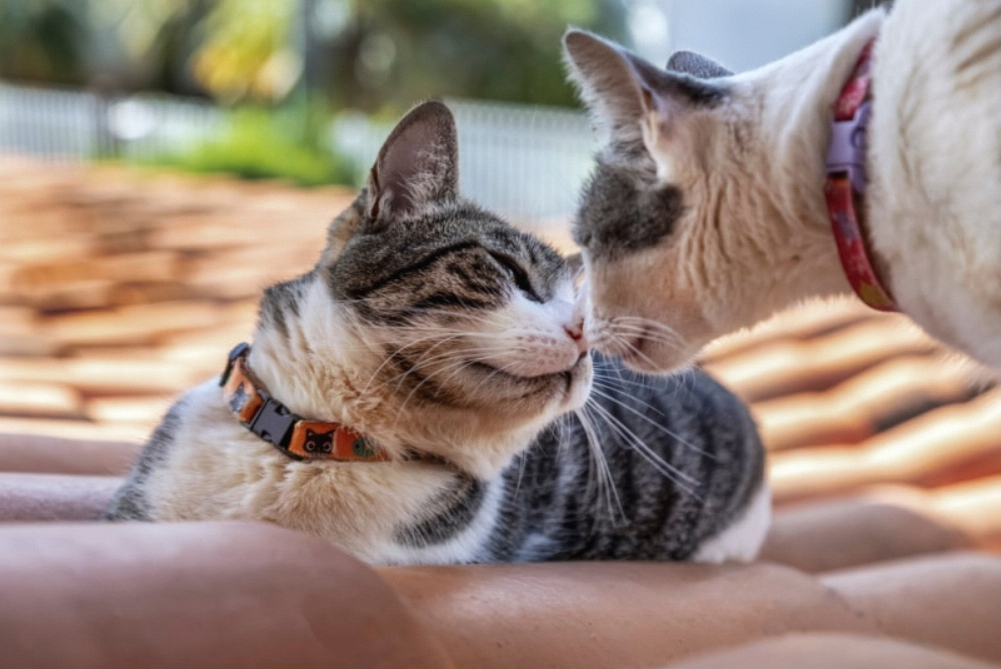Buying a cat can be an exciting and fulfilling experience. Whether you’re a first-time cat owner or adding to your feline family, there are several factors to consider to ensure a smooth transition and a happy, healthy cat. In this article, we’ll explore the key tips and considerations when buying a cat.
In This Article
Research and Choose the Right Breed
Before buying a cat, it’s essential to research different breeds and choose one that suits your lifestyle and preferences. Short-haired cats are curious, agile and adaptable. While, Ragdoll cats are very good-looking, docile and very attached to their owners. Consider factors such as size, grooming needs, and potential health concerns associated with specific breeds. Ensure that the breeder or shelter conducts proper health checks and genetic testing on their cats. This helps to minimize the risk of inheriting genetic conditions or health problems. It is not recommended for novice cat owners to choose a cat under 2 months old. It is recommended to choose a cat over 2 months old and have completed deworming and vaccination before taking it home. If you are allergic to cat hair, try a German curly cat or a Sphynx cat, which are also very clingy.
Where to Buy Cats?
When buying a cat, it’s crucial to source your furry friend from a reputable breeder or shelter. Below are four recommended purchasing channels.
1. Offline pet stores
You can meet with cats you are interested in purchasing. Take the time to interact with them and assess their personality and compatibility with your lifestyle. And face-to-face transactions are guaranteed. If the kitten has any problems, you can go to the store to solve the problem at any time. It is worth noting that the cats in the store are usually separated from the mother cat in 1 to 2 months. If they are put on display in the store, the kittens have weak resistance and are prone to illness.
2. Online pet stores
Online pet stores are better off at cheaper prices, but the premise is that they must be reliable. What you must know is that most kittens come from backyards and the growing environment is worrying. After you pay, you are not sure whether the other party will block you or the cat you receive is completely different from the cat you chose.
3. Regular cattery
The purity of the breed is guaranteed. Generally, catteries are fed more scientifically, and the health of the kittens is also guaranteed. The only drawback is that it is expensive.
4. Family feeding
The kitten feeding environment is relatively simple and cost-effective. However, the purity of the breed may vary, and the scientific degree of family feeding varies.
How to Choose a Healthy Cat?
1.Look at the nose and eyes
When buying a cat for the first time, the owner should also look at the cat’s eyes and nose to see if it has obvious symptoms of runny nose and tears. If so, it is best not to buy it.
Healthy kittens have clean eyes. If the cat has a lot of eye droppings or is congested or tearful, the cat may be sick. Moreover, the cat’s nose is slightly moist and clean, but does not have a runny nose! If there is thick mucus on the nose and is accompanied by sneezing, the cat may be infected with rhinitis or inflammation.
2.Pay attention to the condition of the abdomen
When selecting a kitten, owners should also check whether the kitten’s abdomen is swollen. Healthy kittens have round and bulging bellies. If their bellies are particularly bulging, they may be infected with parasites or suffer from constipation.
3.Pay attention to hair problems
It is normal for cats to shed hair, but if a cat has one or more areas where it is losing hair, it is best not to buy it. This kind of cat is likely to have parasites, skin diseases, or other things. disease.
Kitten’s hair is very soft, shiny, and not rough!
Preparing Your Home for the New Cat
Your new cat may need time to adjust to its new surroundings. Therefore, prepare your home for the new cat before you bring it home. First, remove any potentially dangerous or poisonous plants from your home. Such as loose cables. Additionally, prepare a few essentials such as a litter box, scratching post, food and water bowls, and a comfortable bed. Cats love vertical space, so consider providing a scratching post or cat tree to climb and exercise their natural instincts. When you create a safe and comfortable environment, your new cat can explore and enjoy. However, plenty of love, patience and positive encouragement from the owner are also essential. This way, the kitten can quickly adapt to its new home.
Commitment to Your Cat
Remember, owning a cat is a long-term commitment. Ensure your cat receives proper nutrition, regular veterinary care, vaccinations, and is spayed/neutered. Provide love, attention, and a safe environment to promote their well-being. Cats thrive on companionship, so be prepared to spend quality time bonding with your new furry friend.
Buying a cat is a significant decision that requires careful consideration and preparation. By researching breeds, choosing a reputable source, and providing a loving and safe home, you can ensure a smooth transition and a wonderful life with your new feline companion. Remember to embrace the responsibilities that come with cat ownership and cherish the special bond you’ll build with your furry friend.
